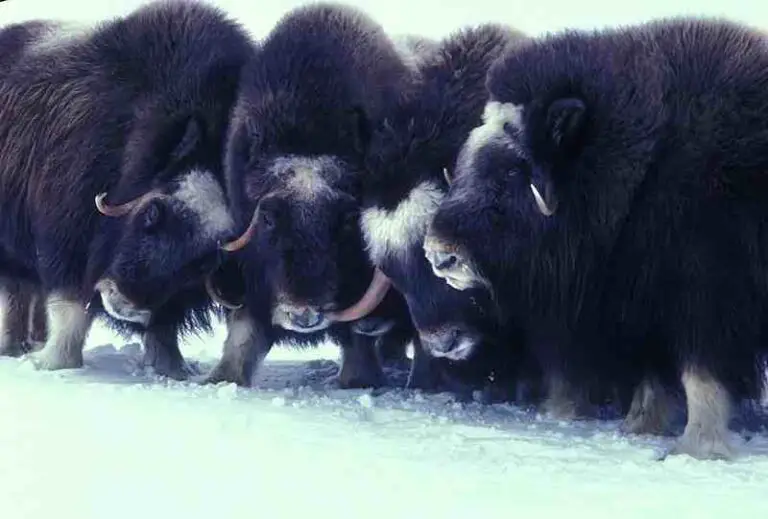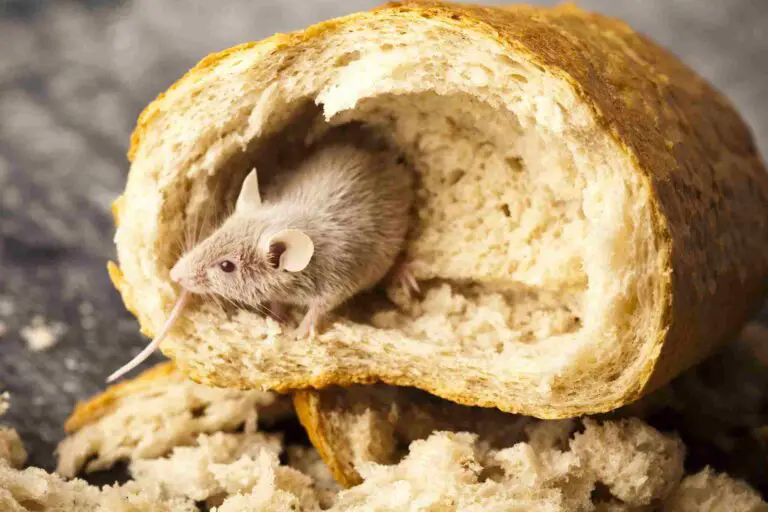Alligator Vs Saltwater Crocodile Size, Weight, Overall Comparison
In a potential clash between an alligator and a saltwater crocodile, we delve into the shared and distinct characteristics of these formidable reptiles. While both belong to the crocodilian family, differences in size, strength, aggression, and bite force play pivotal roles in determining the likely outcome. This analysis outlines these distinctions before exploring a confrontation, predicting that the saltwater crocodile, being significantly larger, heavier, stronger, and more aggressive, holds distinct advantages over the alligator.
Alligator vs Saltwater Crocodile Fight Prediction: Assessing the Potential Outcome in a Confrontation
In a face-off between an alligator and a saltwater crocodile, the outcome is influenced by their shared crocodilian ancestry and pronounced differences in size, strength, aggression, and bite force. The saltwater crocodile’s substantial advantages, especially in terms of size and power, position it as the likely victor in a direct encounter with an alligator.
I). Alligator’s Characteristics:
– Alligators, known for their broad snouts and powerful bite force, are formidable predators in freshwater habitats. Their relatively robust build contributes to their effectiveness in hunting and defending territories.
II). Saltwater Crocodile’s Characteristics:
– Saltwater crocodiles, characterized by their elongated snouts and adaptability to marine environments, are significantly larger, heavier, and more aggressive than alligators. These traits make them formidable apex predators in both salt and freshwater habitats.
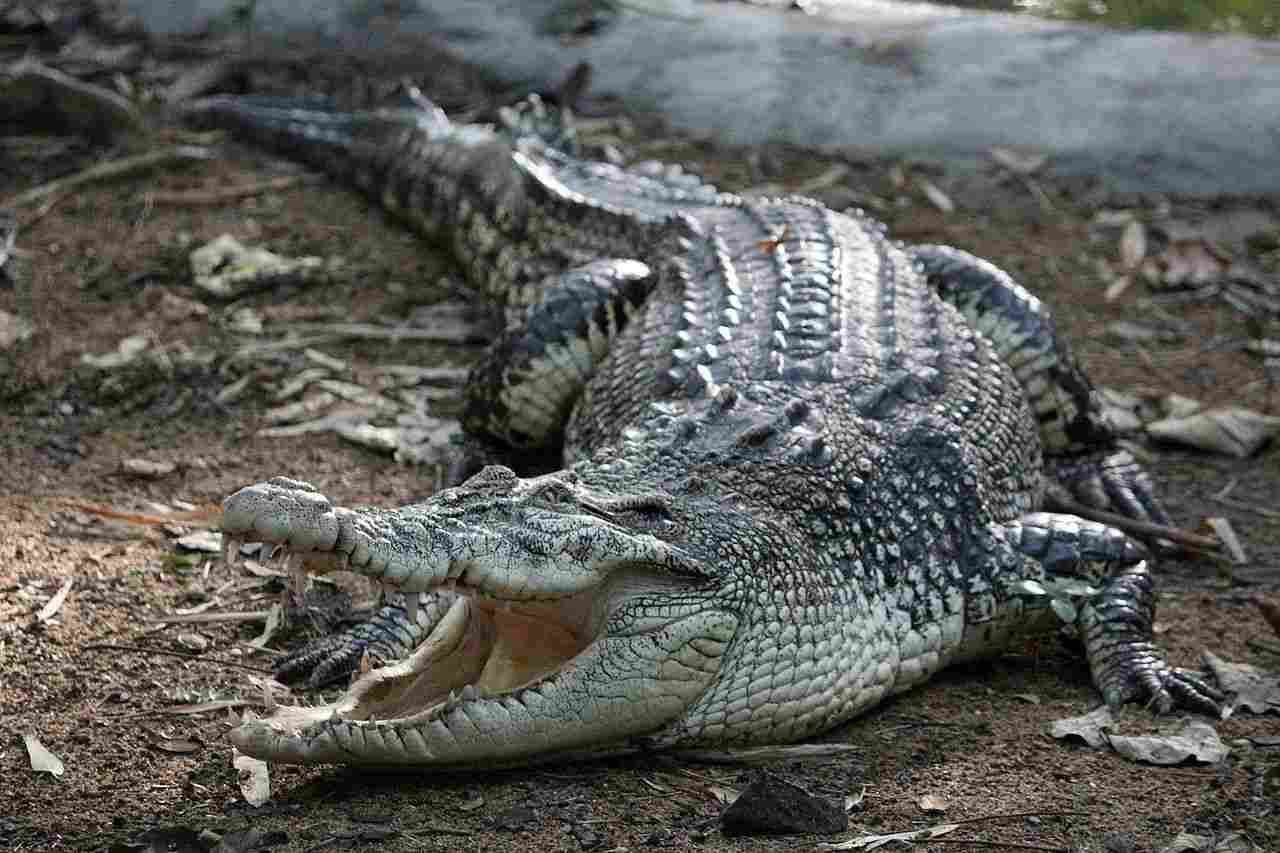
III). Size and Weight Disparities:
– Saltwater crocodiles are substantially larger and heavier than alligators, providing them with a considerable advantage in physical confrontations. This pronounced size difference contributes to the overall dominance of saltwater crocodiles.
IV). Strength and Aggression Levels:
– Saltwater crocodiles exhibit heightened aggression levels compared to alligators. Their territorial nature and willingness to confront larger prey contribute to their effectiveness as apex predators.
V). Stronger Bite Force:
– Saltwater crocodiles boast a stronger bite force compared to alligators, enhancing their ability to immobilize and overpower prey. This additional strength is a significant factor in their dominance in confrontations.
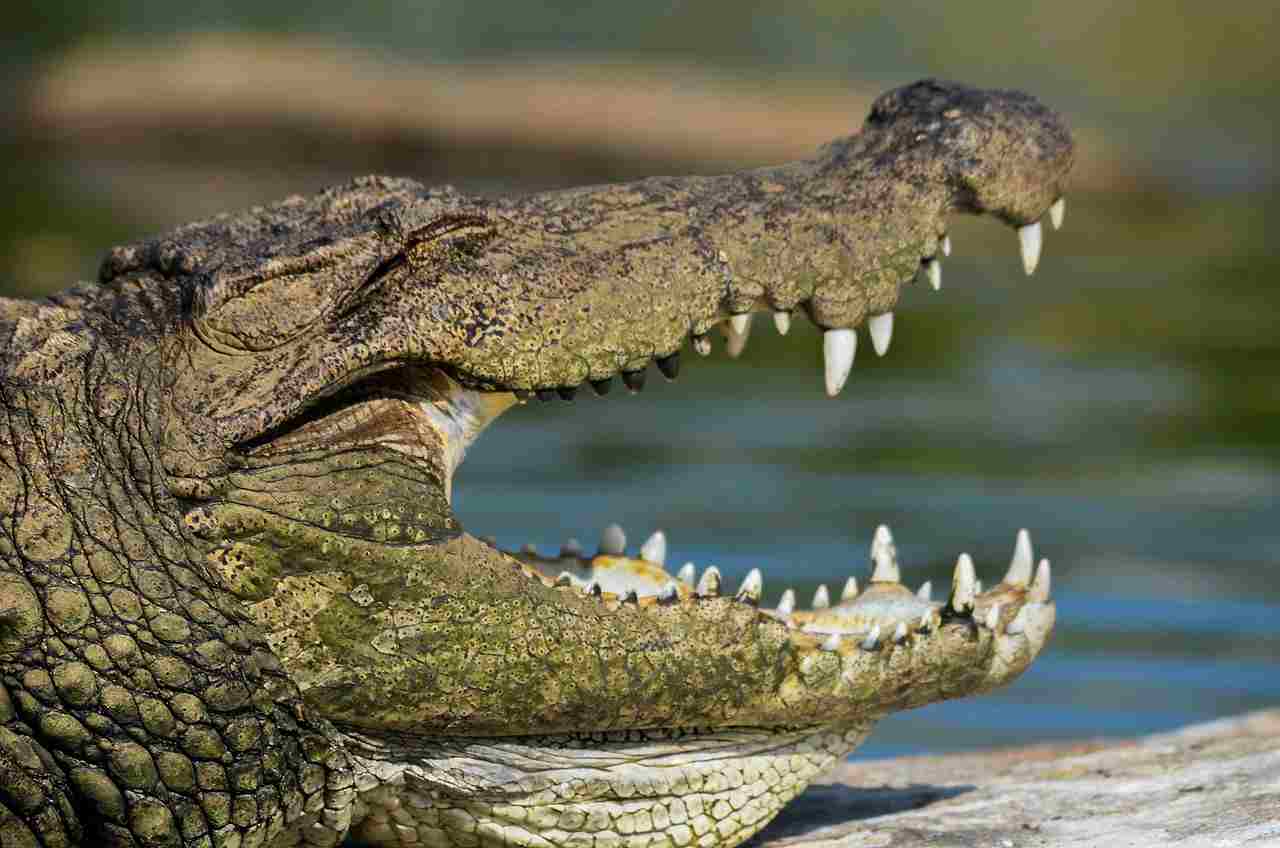
VI). Overall Dynamics:
– In this scenario, the saltwater crocodile is likely to emerge victorious in a fight against an alligator. Its significant size, greater weight, heightened aggression, and stronger bite force collectively contribute to its dominance. The pronounced differences in these key attributes highlight the formidable nature of the saltwater crocodile within the crocodilian family.
*Details of Comparison
| Criteria | Alligator |
Saltwater Crocodile
|
| Taxonomy | Alligatoridae, Genus: Alligator, Species: A. mississippiensis, A. sinensis |
Crocodylidae, Genus: Crocodylus, Species: C. porosus
|
| Appearance | Broad, U-shaped snout, dark coloration |
Narrow, V-shaped snout, lighter coloration
|
| Size | Males 10-15 feet, Females 8-10 feet |
Males 14-17 feet (can exceed 20 feet), Females smaller than males
|
| Weight | Males 500-1,000 pounds, Females 200-500 pounds |
Males 1,000-2,200 pounds (or more), Females generally lighter than males
|
| Bite Force (PSI) | Estimated 2,125 PSI |
Estimated 3,700 PSI
|
| Physical Offensive Advantages | Strong bite, robust body |
Stronger bite, more agile attacks
|
| Physical Defensive Advantages | Tough hide, ability to submerge quickly |
Thick, armored scales, agile in water
|
| Speed | Land speed 9-10 mph, Swimming speed ~20 mph |
Land speed up to 18 mph, Swimming speed 18-22 mph
|
| Agility | Moderately agile |
More agile, especially in water
|
| Senses | Excellent night vision, keen sense of smell, sensitive to water vibrations |
Excellent night vision, keen sense of smell, sensitive to water vibrations
|
| Overall Physical Capacity | Well-adapted for ambush hunting, endurance in chases |
Adapted for both ambush and active hunting, higher endurance and agility
|
| Habitat Preference(s) | Freshwater habitats |
Coastal habitats, estuaries, mangrove swamps
|
| Tracks | Claw marks, drag marks from tail |
Less prominent claw marks, more elongated tracks
|
| Lifespan | Up to 50-60 years |
Can exceed 70 years
|
| Mode of Feeding | Opportunistic feeders, alligators primarily on fish, turtles, small mammals; saltwater crocodiles on diverse prey including larger mammals |
Opportunistic feeders, diverse prey including larger mammals
|
| Intelligence | Basic problem-solving |
Higher problem-solving abilities
|
| Social Behavior | Generally solitary |
More social, especially during breeding season
|
| Mode of Reproduction | Oviparous, temperature-dependent sex determination |
Oviparous, temperature-dependent sex determination
|
| Parental Behavior | Female guards nest, cares for hatchlings |
Female guards nest, less maternal care compared to alligators
|
| Proximity to Human-Inhabited Areas | Freshwater habitats near human settlements |
Coastal areas, increasing potential for human encounters
|
| Behavior Toward Humans | Generally shy, avoids humans |
More aggressive, known for attacks on humans
|
| Danger Posed to Humans | Rarely poses significant threat unless provoked |
Considered one of the most dangerous to humans
|
| Associated Precautions | Encouraging awareness, removal of attractants |
Strict enforcement of guidelines, public education
|
| Conservation Status | American alligator least concern, Chinese alligator critically endangered |
Varies, least concern to vulnerable
|
1. Taxonomy:
Alligator:
Family: Alligatoridae
Genus: Alligator
Species: A. mississippiensis (American alligator) and A. sinensis (Chinese alligator)
Saltwater Crocodile:
Family: Crocodylidae
Genus: Crocodylus
Species: C. porosus (Saltwater crocodile)
2. Appearance:
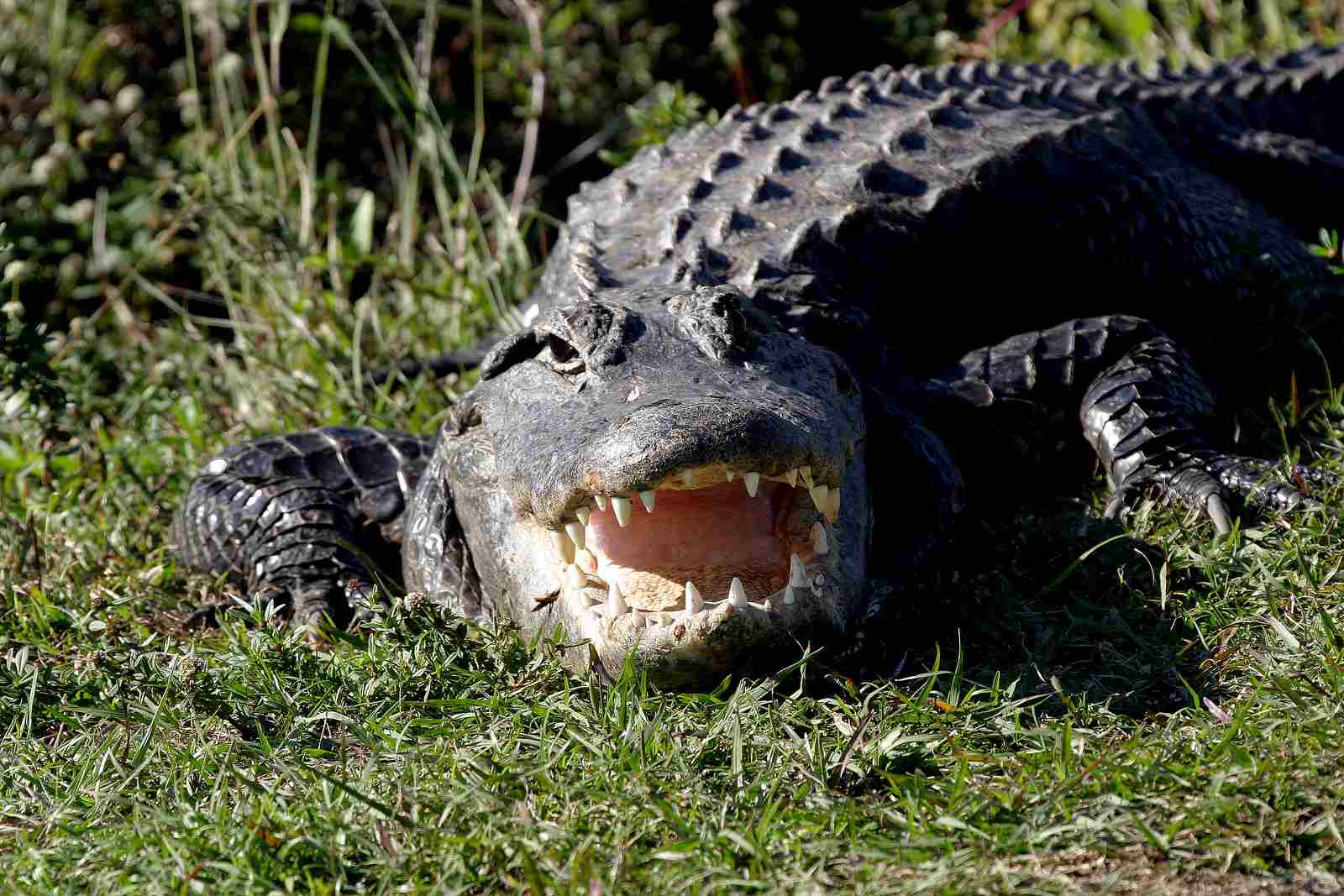
Alligator:
Broad, U-shaped snout
Dark coloration, often black or dark brown
Rounded, robust body
Saltwater Crocodile:
Narrow, V-shaped snout
Lighter coloration with a gray or olive hue
Longer, more slender body
Comparison:
Alligators have a broader snout compared to the saltwater crocodile’s more pointed snout.
Alligators generally have darker skin than saltwater crocodiles.
Saltwater crocodiles exhibit a more streamlined body shape.
Ecological Implications:
Snout shape influences feeding habits, with alligators adapted for a wider range of prey, while saltwater crocodiles excel in catching fish with their narrow snouts.
3. Size:
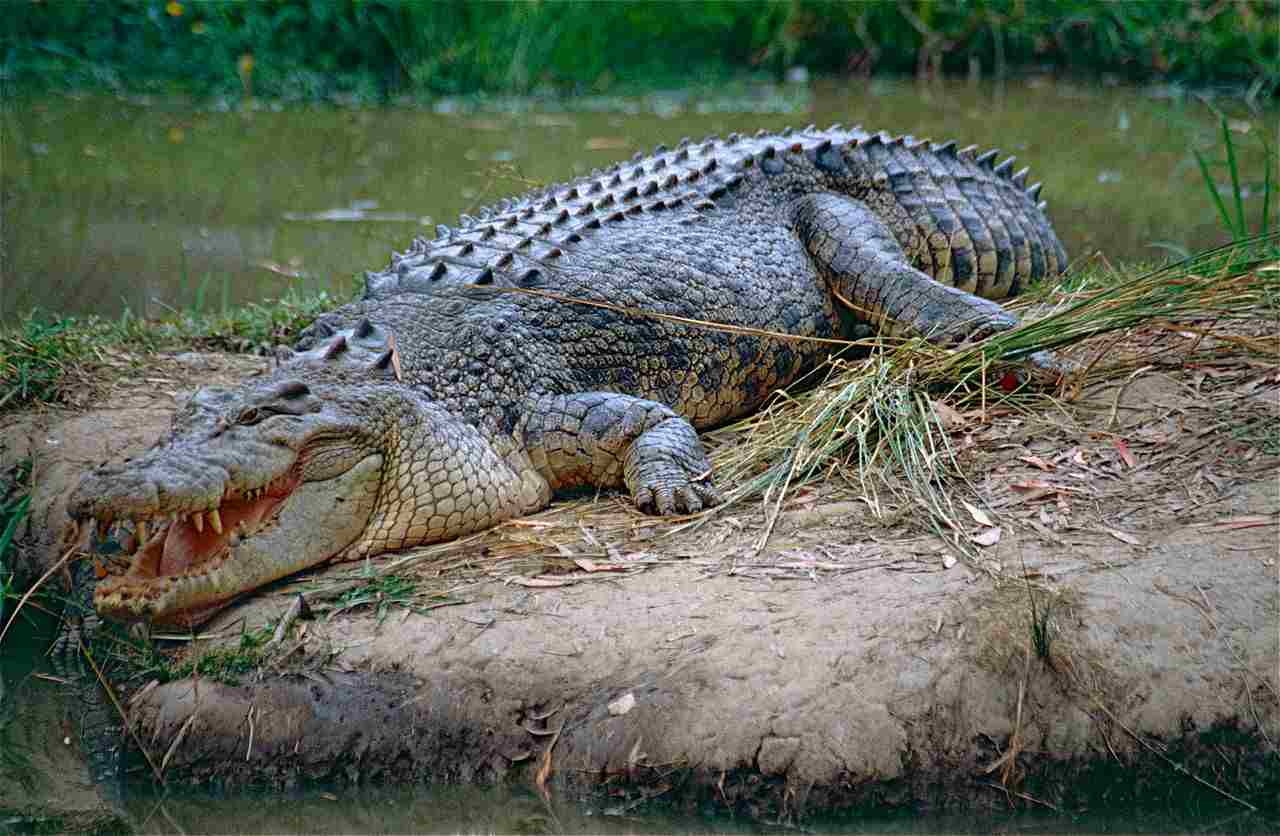
Alligator:
Adult males: 10 to 15 feet
Adult females: 8 to 10 feet
Saltwater Crocodile:
Adult males: 14 to 17 feet (can exceed 20 feet)
Adult females: Smaller than males, around 10 feet on average
Comparison:
Saltwater crocodiles are generally larger than alligators, with males reaching significantly greater lengths.
Female saltwater crocodiles are comparable in size to male alligators.
Ecological Implications:
Larger size in saltwater crocodiles may affect prey selection and competition within ecosystems.
4. Weight:
Alligator:
Adult males: 500 to 1,000 pounds
Adult females: 200 to 500 pounds
Saltwater Crocodile:
Adult males: 1,000 to 2,200 pounds (or more)
Adult females: Generally lighter than males
Comparison:
Saltwater crocodiles are substantially heavier than alligators, particularly in males.
Female alligators can be comparable in weight to female saltwater crocodiles.
Ecological Implications:
Weight influences the ecological role of these species in terms of predation and habitat impact.
5. Bite Force (PSI):
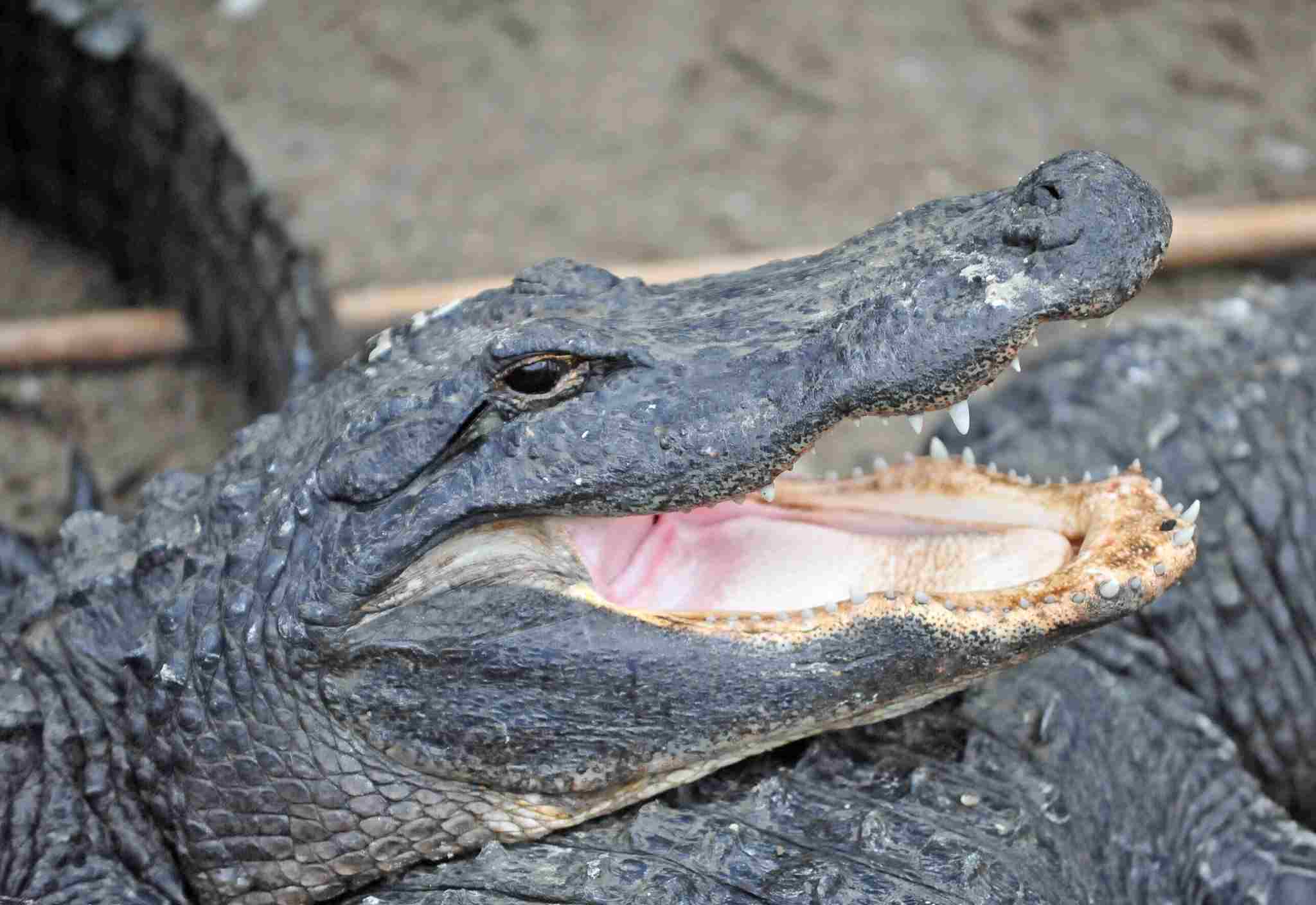
Alligator:
Estimated around 2,125 PSI
Saltwater Crocodile:
Estimated around 3,700 PSI
Comparison:
Saltwater crocodiles have a significantly stronger bite force than alligators.
Ecological Implications:
Strong bite force aids saltwater crocodiles in capturing and subduing larger prey, impacting prey populations and ecological balance.
6. Physical Offensive Advantages:
Alligator:
Strong bite force aids in capturing prey.
Robust body allows for powerful strikes.
Saltwater Crocodile:
Stronger bite force enhances prey capture, especially larger prey.
Streamlined body allows for faster and more agile attacks.
Comparison:
Saltwater crocodiles have a more potent offensive capability with both stronger bites and agility in attacks.
Ecological Implications:
The saltwater crocodile’s offensive advantages may impact prey diversity and availability in its habitat.
7. Physical Defensive Advantages:
Alligator:
Tough, scaly hide provides protection.
Ability to quickly submerge in water for safety.
Saltwater Crocodile:
Thick, armored scales offer robust defense.
Agile and quick in water, providing an effective escape mechanism.
Comparison:
Both species have effective physical defenses, with saltwater crocodiles having a more streamlined and agile escape strategy.
Ecological Implications:
Defensive adaptations contribute to the survival and coexistence of these species within their ecosystems.
8. Speed (Km/hour or Mile/hour):
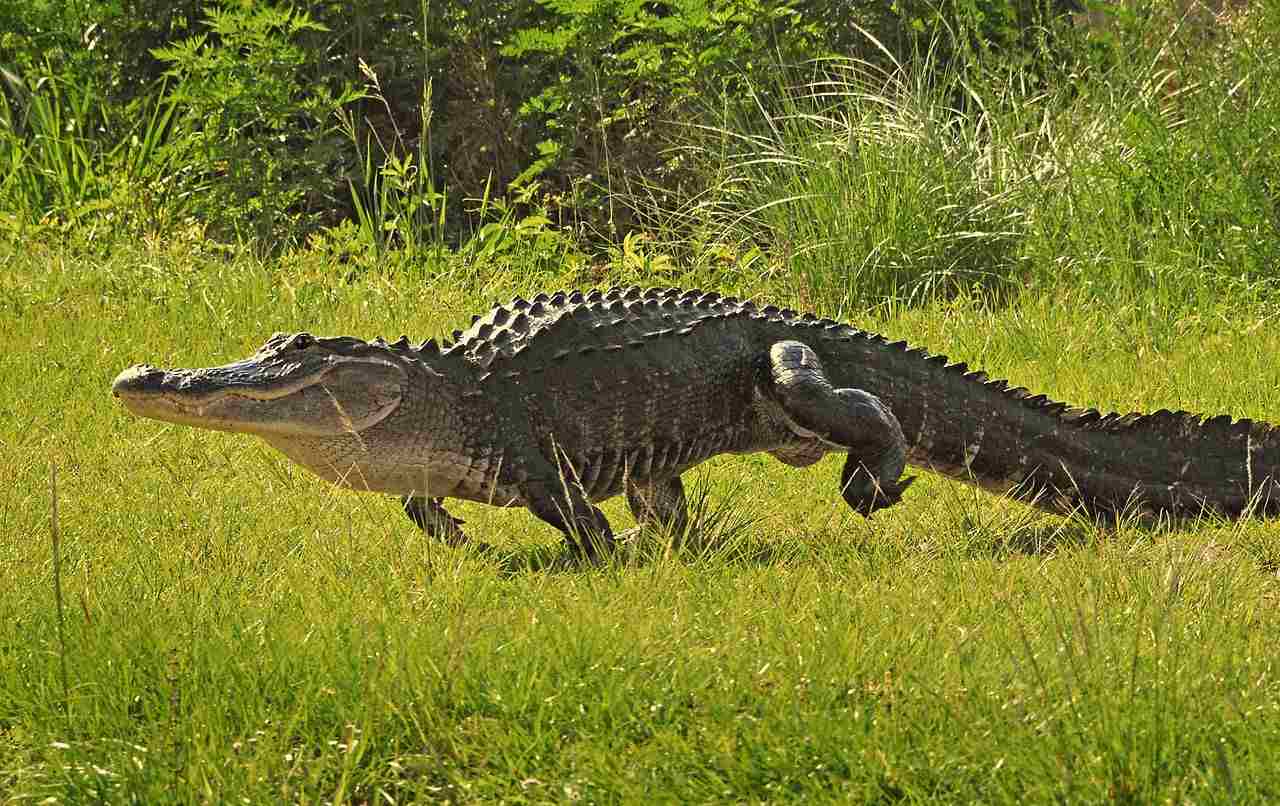
Alligator:
Land speed: Around 9 to 10 mph (14 to 16 km/h)
Swimming speed: About 20 mph (32 km/h)
Saltwater Crocodile:
Land speed: Up to 18 mph (29 km/h)
Swimming speed: Approximately 18 to 22 mph (29 to 35 km/h)
Comparison:
Saltwater crocodiles exhibit higher land speeds, making them more agile on land, while swimming speeds are comparable.
Ecological Implications:
Land speed influences hunting strategies and habitat use, potentially impacting the distribution of these species.
9. Agility:
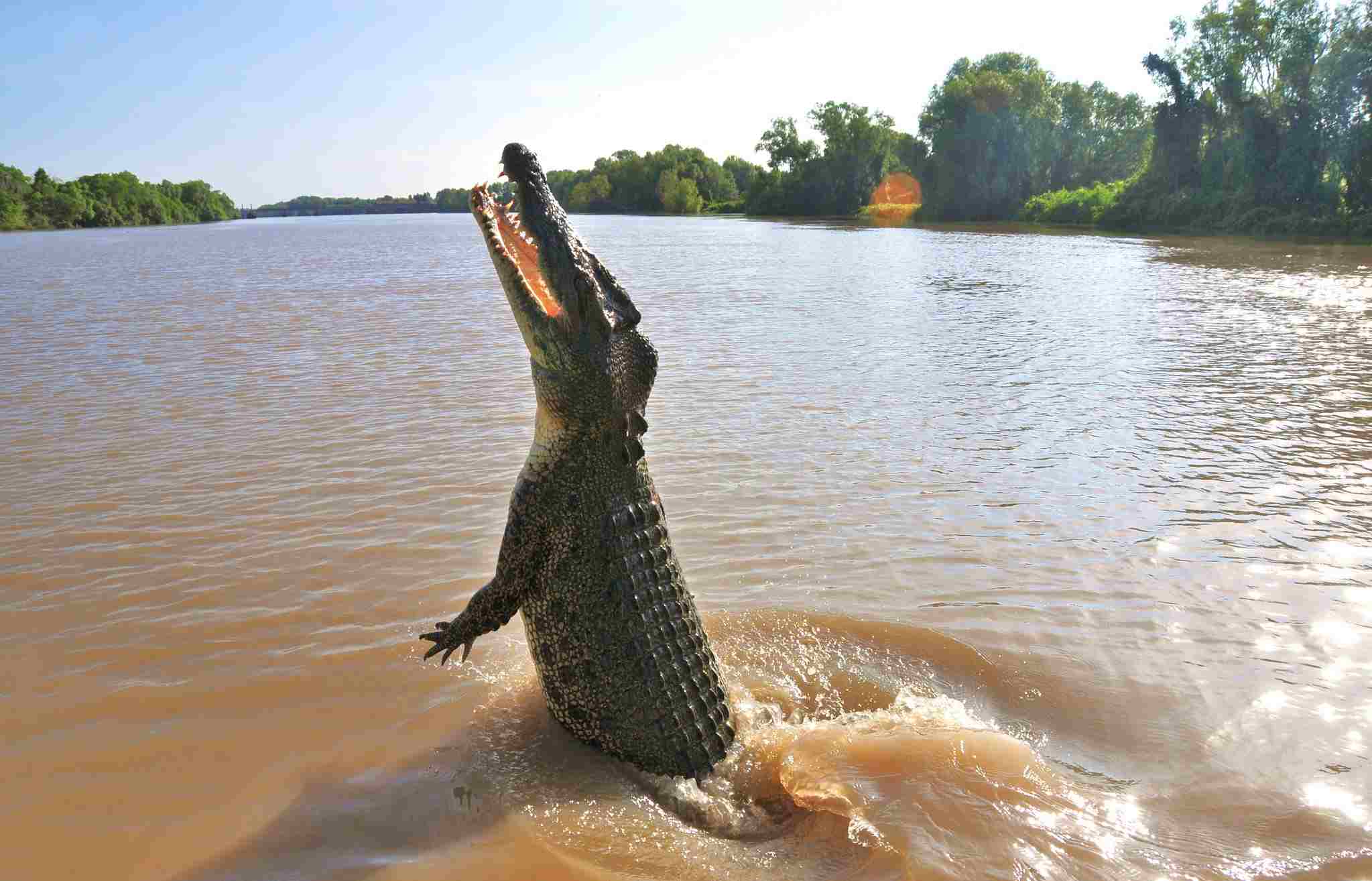
Alligator:
Moderately agile on land and in water.
Saltwater Crocodile:
More agile and maneuverable, especially in water.
Comparison:
Saltwater crocodiles display greater agility, a crucial factor in hunting and evading threats.
Ecological Implications:
Agility contributes to the saltwater crocodile’s success in capturing diverse prey and avoiding potential dangers.
10. Senses:
Alligator:
Excellent night vision.
Keen sense of smell.
Sensitive to vibrations in the water.
Saltwater Crocodile:
Exceptional night vision.
Highly developed sense of smell.
Sensitive to vibrations in the water.
Comparison:
Both species share similar sensory adaptations, crucial for hunting and navigating their environments.
Ecological Implications:
Advanced senses enhance their efficiency as predators, influencing prey detection and overall ecological interactions.
11. Overall Physical Capacity:
Alligator:
Well-adapted for ambush hunting.
Endurance in prolonged chases.
Saltwater Crocodile:
Adapted for both ambush and active hunting.
Higher endurance and agility.
Comparison:
Saltwater crocodiles have a broader range of physical capacities, suited for diverse hunting strategies.
Ecological Implications:
Varied physical capacities contribute to the saltwater crocodile’s ability to exploit a wider array of prey and habitats.
12. Habitat Preference(s):
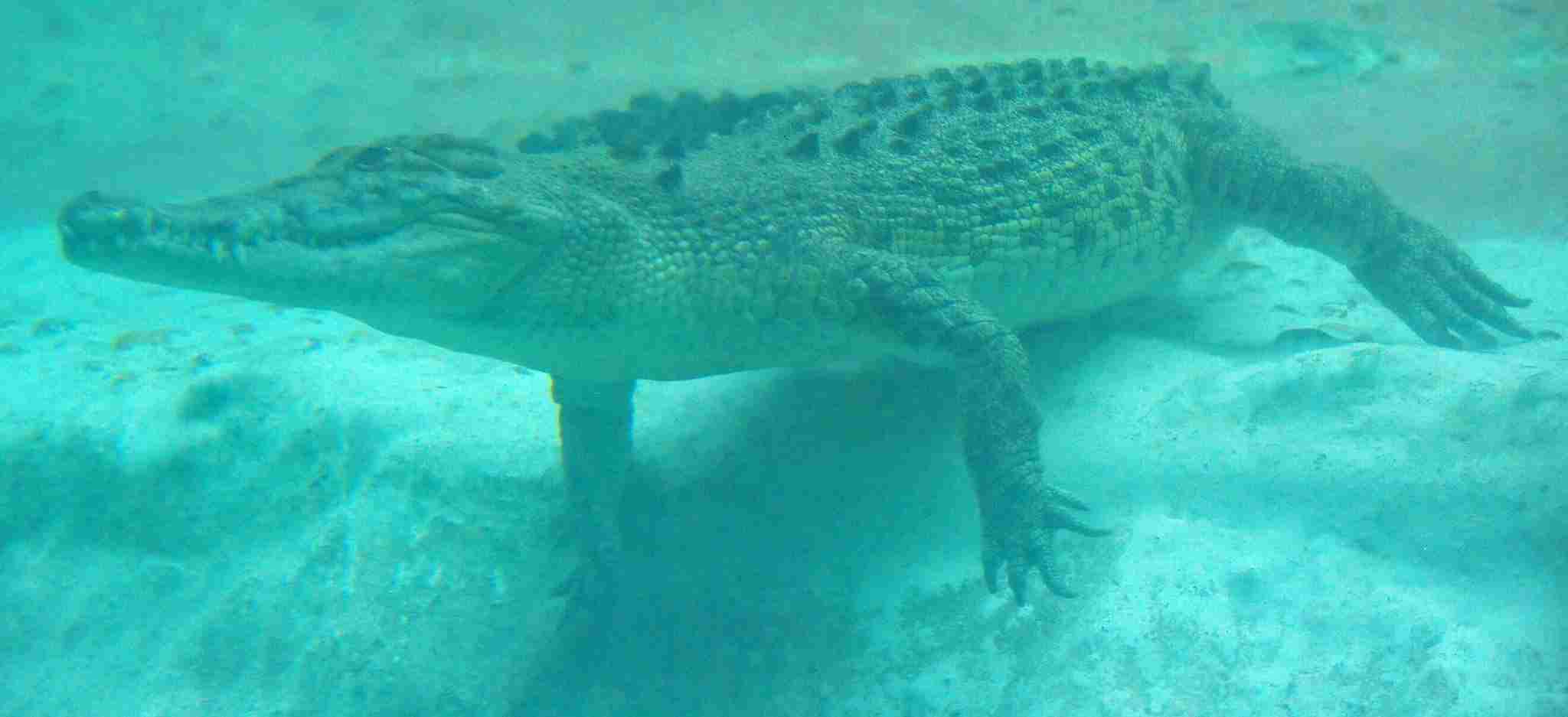
Alligator:
Freshwater habitats, including swamps, lakes, and rivers.
Saltwater Crocodile:
Coastal habitats, estuaries, and mangrove swamps. Also found in freshwater rivers.
Comparison:
While there is some overlap, saltwater crocodiles are more commonly associated with coastal and brackish water habitats.
Ecological Implications:
Habitat preferences impact the distribution of these species and their interactions with other fauna.
13. Tracks:
Alligator:
Claw marks visible, often with drag marks from the tail.
Saltwater Crocodile:
Claw marks may be less prominent, with more elongated tracks.
Comparison:
Both leave distinctive tracks, but the details vary, aiding in species identification.
Ecological Implications:
Track identification assists researchers and conservationists in monitoring populations and studying their behavior in the wild.
14. Lifespan:
Alligator:
Up to 50 to 60 years in the wild.
Saltwater Crocodile:
Can exceed 70 years in the wild.
Comparison:
Saltwater crocodiles generally have a longer lifespan compared to alligators.
Ecological Implications:
Longer lifespans influence population dynamics, reproductive strategies, and the ecological roles of these species.
15. Mode of Feeding:
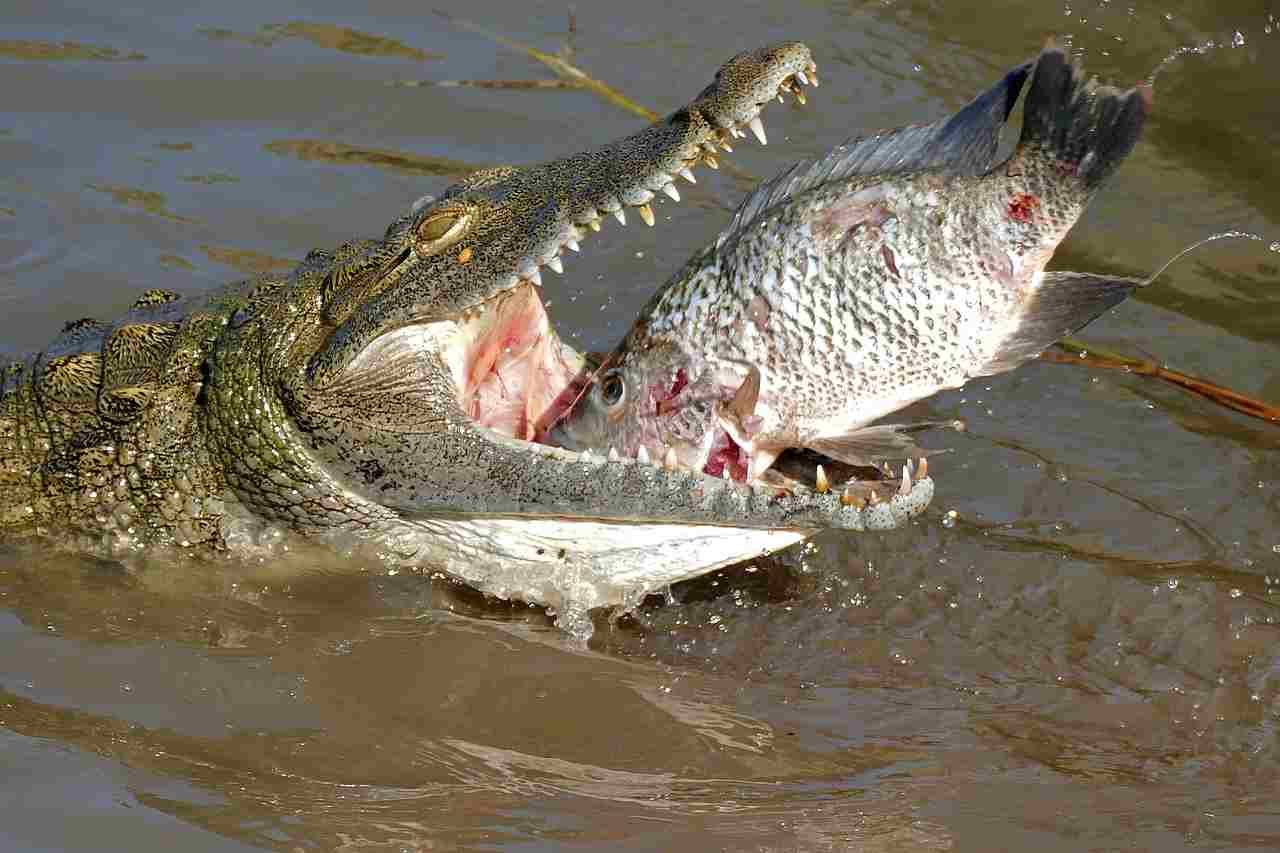
Alligator:
Ambush predators, primarily feeding on fish, turtles, and small mammals.
Saltwater Crocodile:
Opportunistic predators, capable of taking larger prey including fish, mammals, and even sharks.
Comparison:
While both are opportunistic feeders, saltwater crocodiles have a more varied diet and can tackle larger prey.
Ecological Implications:
Differences in feeding habits contribute to their roles in shaping local ecosystems.
16. Intelligence:
Alligator:
Exhibits basic problem-solving skills.
Saltwater Crocodile:
Demonstrates higher problem-solving abilities and learning capacity.
Comparison:
Saltwater crocodiles show a higher level of intelligence compared to alligators.
Ecological Implications:
Intelligence influences hunting strategies, adaptability to environmental changes, and overall ecological interactions.
17. Social Behavior:
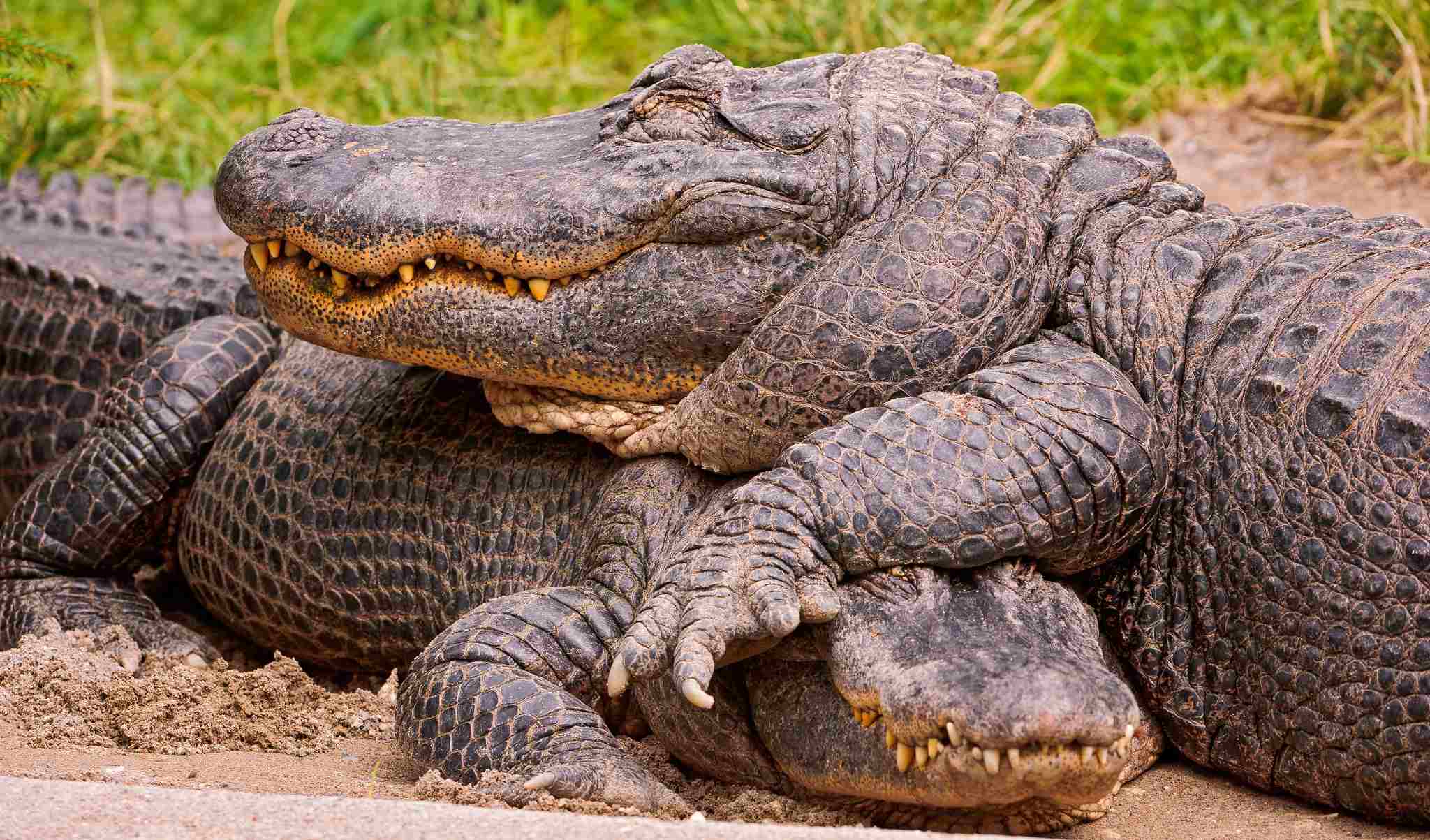
Alligator:
Generally solitary, except during mating season or when basking.
Saltwater Crocodile:
More social, especially during the breeding season. Tolerates conspecifics in proximity.
Comparison:
Saltwater crocodiles exhibit a more social behavior compared to the predominantly solitary nature of alligators.
Ecological Implications:
Social behaviors influence reproductive strategies, territoriality, and competition for resources within their habitats.
18. Mode of Reproduction:
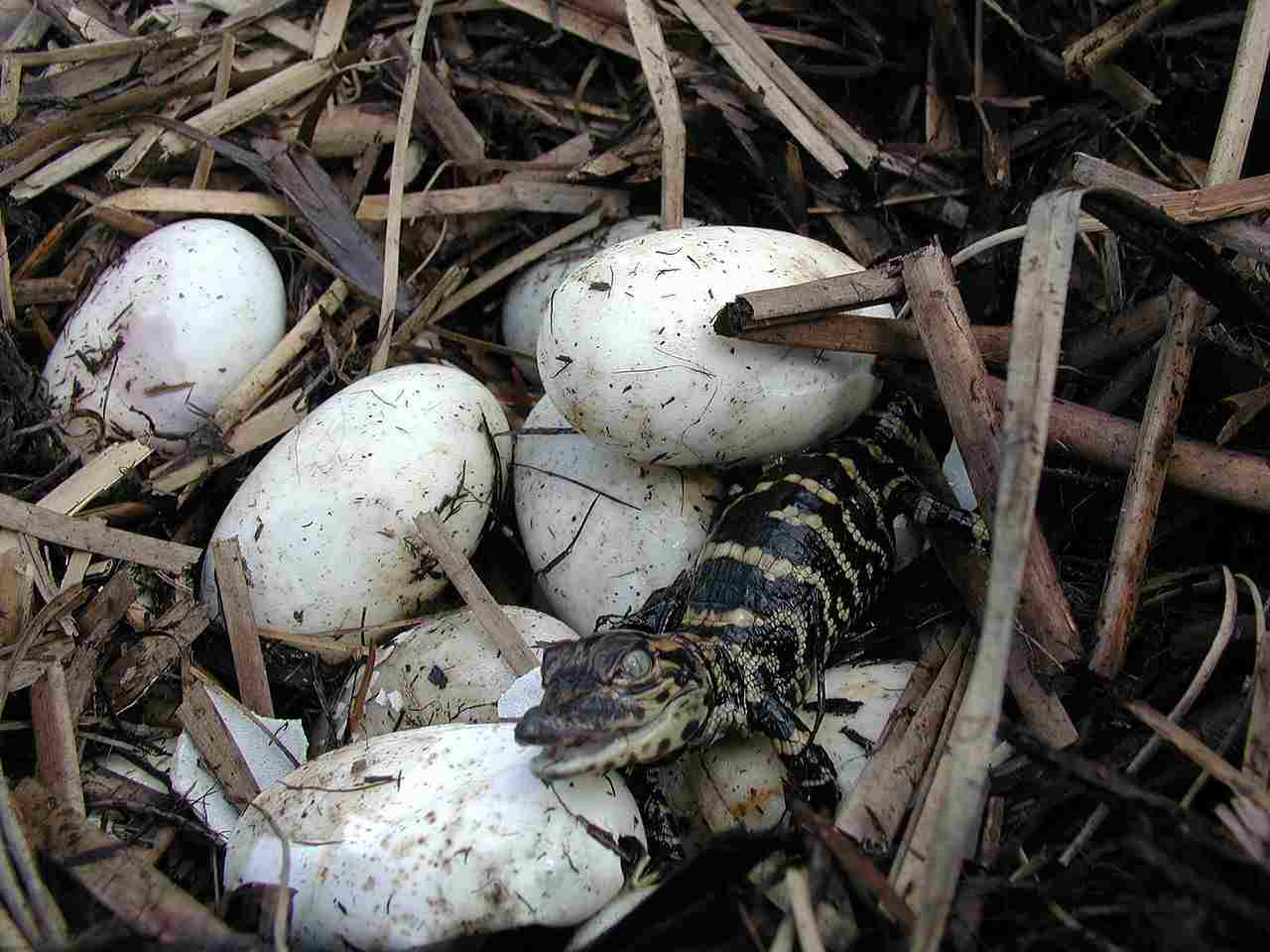
Alligator:
Oviparous, laying eggs in nests.
Temperature-dependent sex determination.
Saltwater Crocodile:
Oviparous, laying eggs in nests.
Temperature-dependent sex determination.
Comparison:
Both species share similar reproductive modes with temperature influencing the sex of the offspring.
Ecological Implications:
Reproductive strategies impact population dynamics and genetic diversity within their respective ecosystems.
19. Parental Behavior:
Alligator:
Female guards the nest and cares for the hatchlings.
Saltwater Crocodile:
Female guards the nest and may assist hatchlings to water. Less maternal care compared to alligators.
Comparison:
While both exhibit nest guarding, alligators display more maternal care compared to saltwater crocodiles.
Ecological Implications:
Maternal care influences the survival rates of offspring and contributes to population dynamics.
20. Proximity to Human-Inhabited Areas:
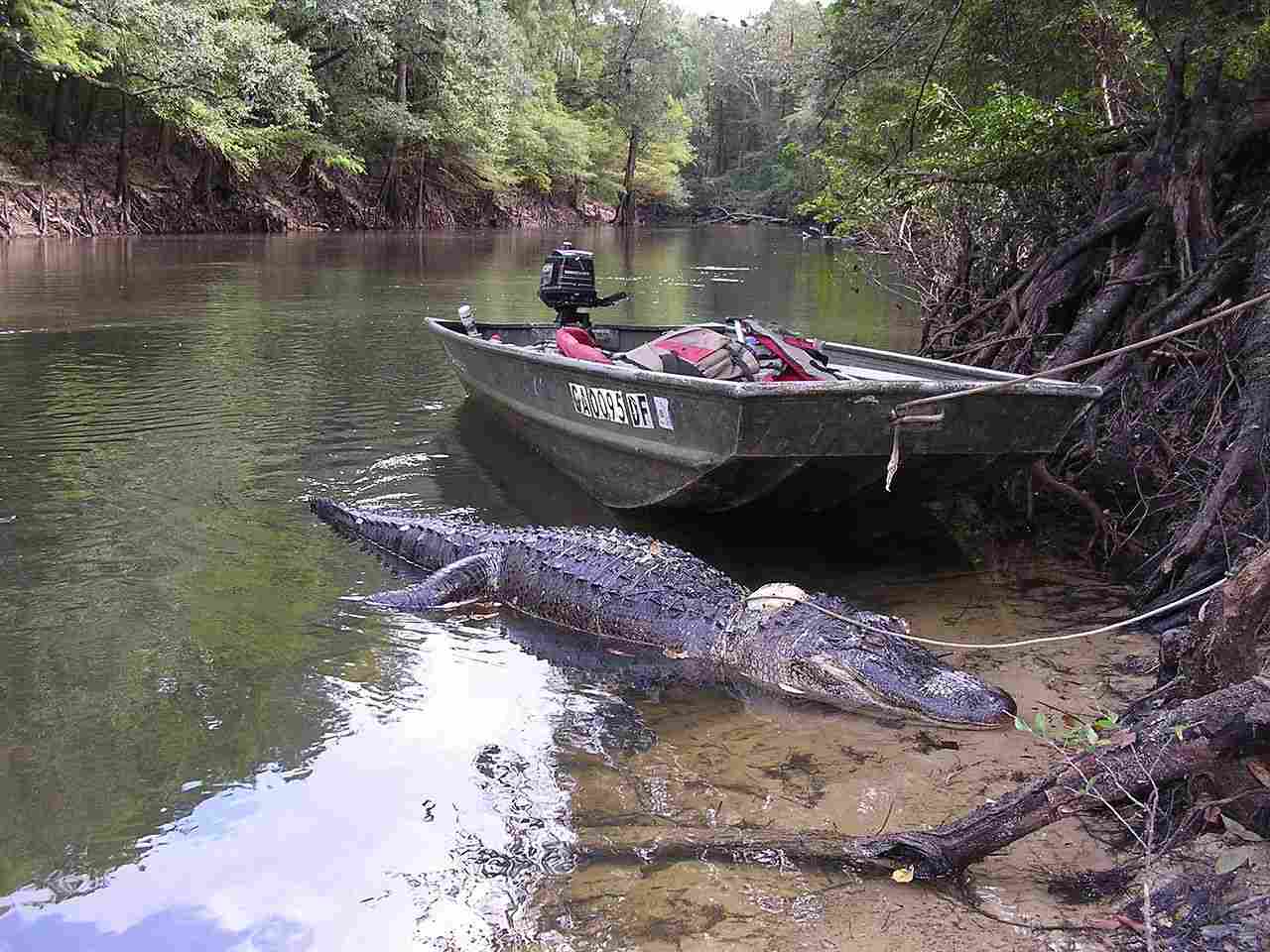
Alligator:
Found in freshwater habitats close to human settlements.
Saltwater Crocodile:
More commonly found in coastal areas, increasing the potential for encounters with humans.
Comparison:
Saltwater crocodiles are more likely to be in proximity to human-inhabited areas due to their coastal habitat preferences.
Ecological Implications:
Proximity to humans raises conservation and management challenges, impacting both human safety and crocodile populations.
21. Behavior Toward Humans:
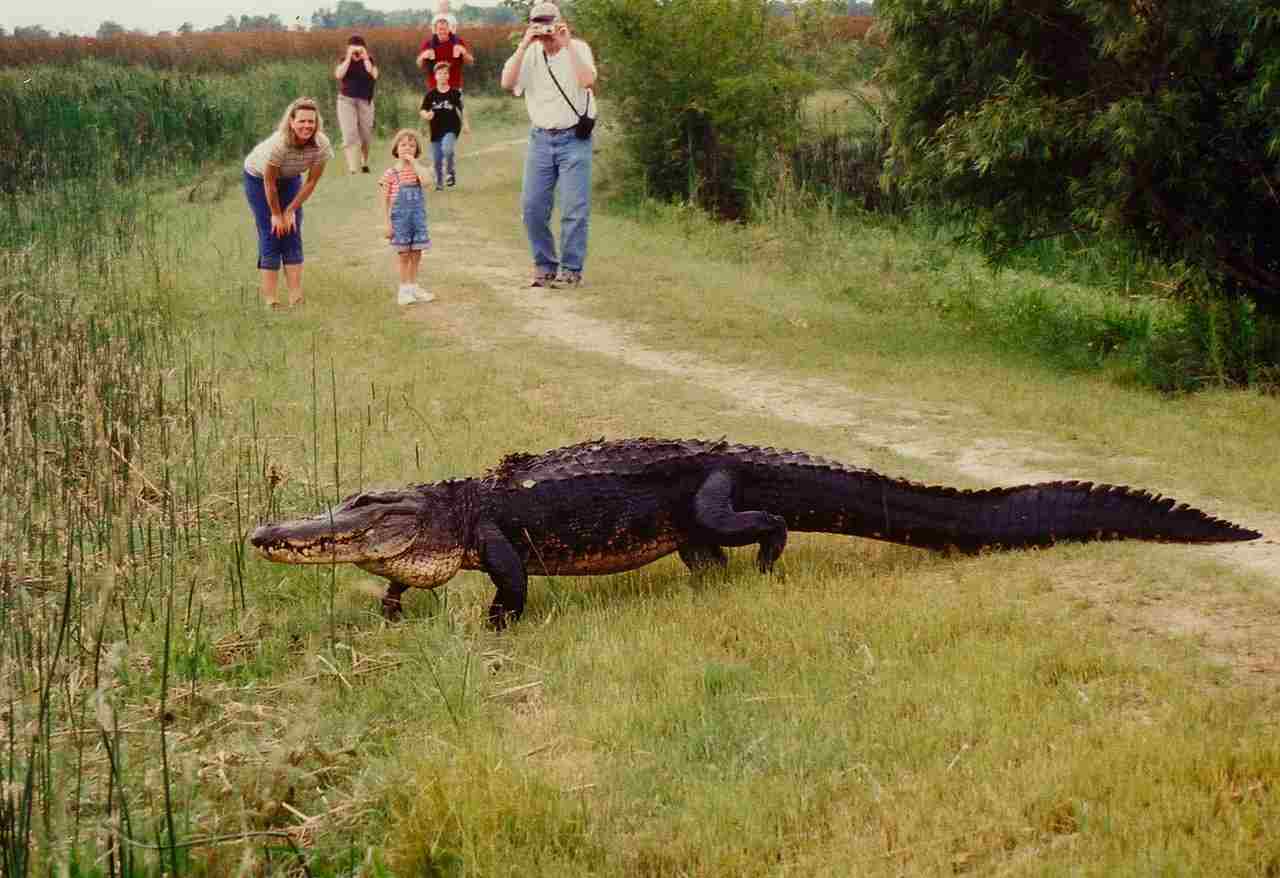
Alligator:
Generally shy and tends to avoid humans.
Saltwater Crocodile:
More aggressive and may view humans as potential prey. Known for attacks on humans.
Comparison:
Saltwater crocodiles are more aggressive and pose a higher risk to humans than alligators.
Ecological Implications:
Aggressive behavior towards humans can lead to conflicts and potential conservation concerns.
22. Danger Posed to Humans:
Alligator:
Rarely poses a significant threat to humans unless provoked or cornered.
Saltwater Crocodile:
Considered one of the most dangerous species to humans, responsible for fatal attacks.
Comparison:
Saltwater crocodiles are more dangerous to humans, displaying a higher frequency of attacks leading to fatalities.
Ecological Implications:
Human-crocodile conflicts may impact local communities and conservation efforts.
23. Associated Precautions:
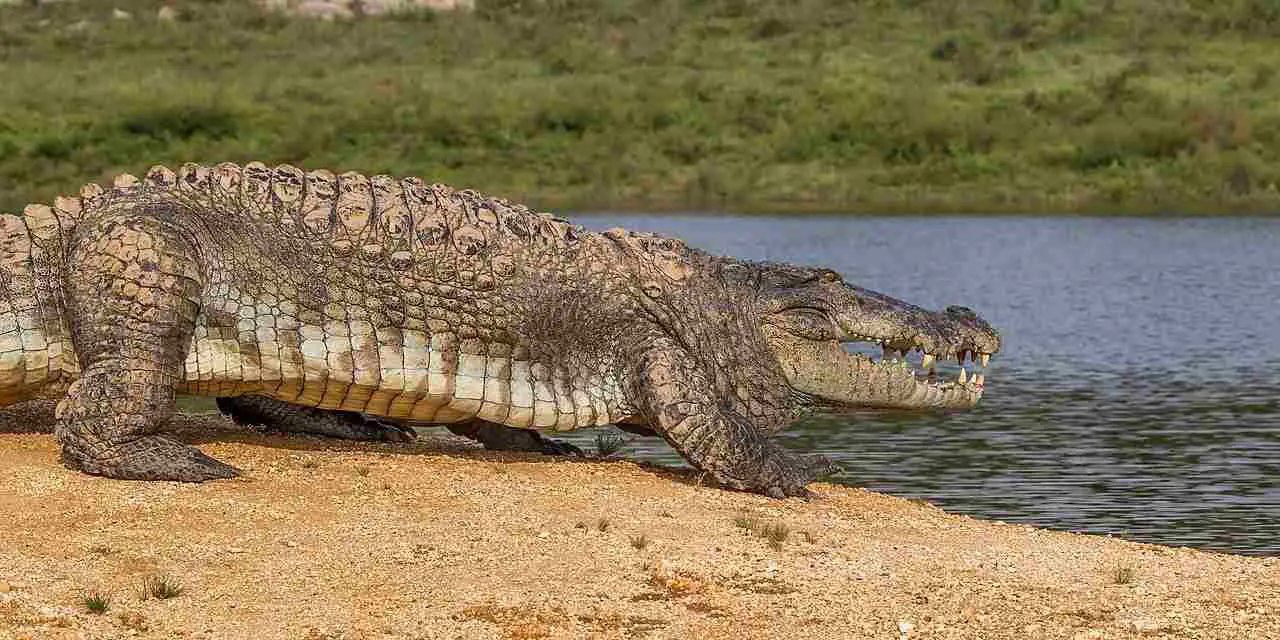
Alligator:
Encouraging awareness and avoidance, particularly near water bodies.
Removal of attractants (e.g., food sources) to reduce human-wildlife conflicts.
Saltwater Crocodile:
Strict enforcement of guidelines and regulations in areas with known saltwater crocodile populations.
Public education on the risks and precautions when in crocodile habitats.
Comparison:
Precautions for saltwater crocodiles are more stringent due to their higher danger level to humans.
Ecological Implications:
Implementing precautions helps manage the coexistence of humans and these species, minimizing negative impacts on ecosystems.
24. Conservation Status:
Alligator:
American alligator: Least Concern (IUCN Red List)
Chinese alligator: Critically Endangered (IUCN Red List)
Saltwater Crocodile:
Least Concern to Vulnerable, depending on regional populations (IUCN Red List)
Comparison:
While American alligators are generally stable, Chinese alligators face a higher risk of extinction. Saltwater crocodile populations vary in conservation status.
Ecological Implications:
Conservation status reflects the health of populations and ecosystems, influencing management and protection measures.
Summary of Comparison
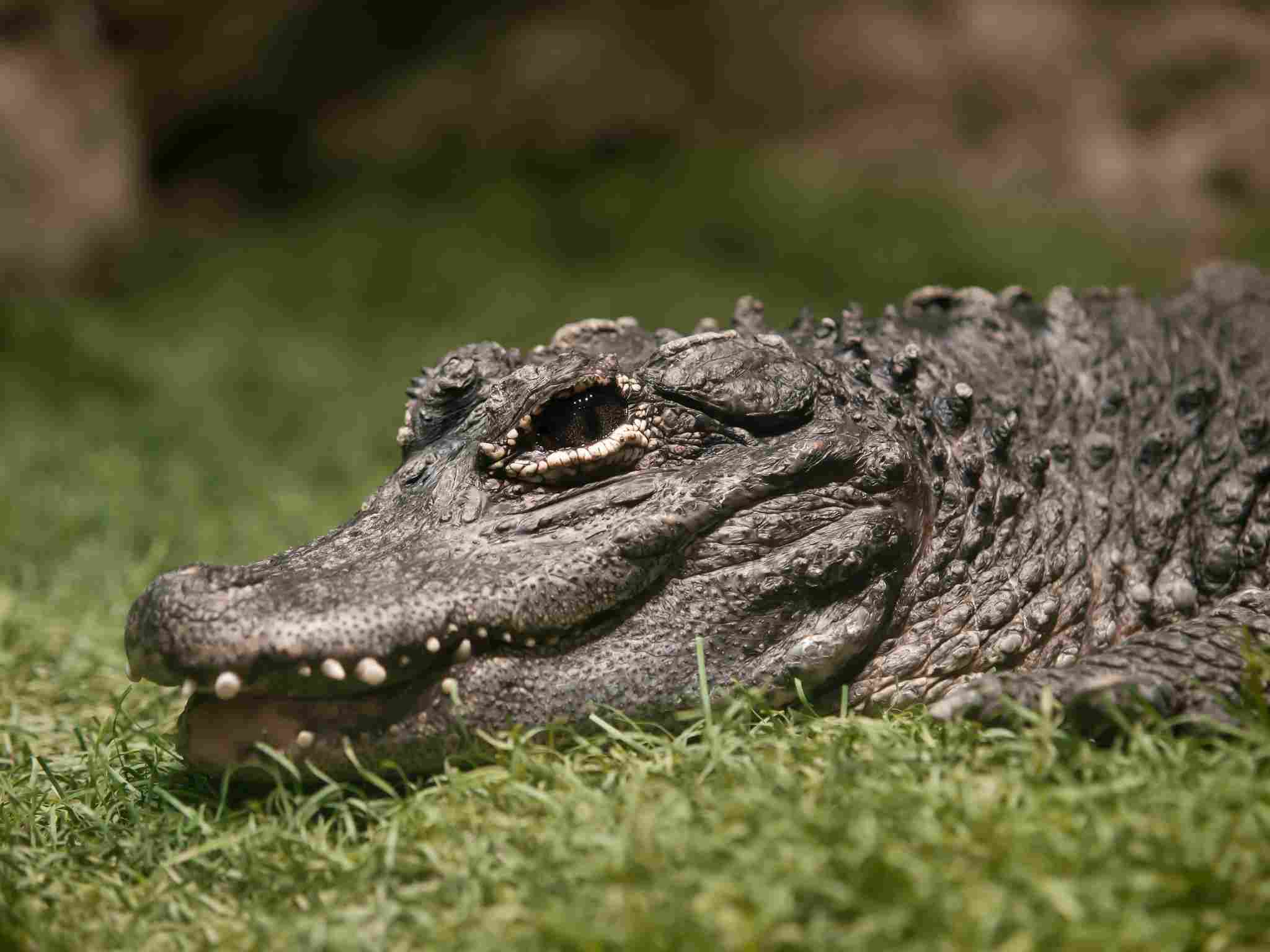
Taxonomy:
Alligator: Alligatoridae, Genus: Alligator, Species: A. mississippiensis, A. sinensis
Saltwater Crocodile: Crocodylidae, Genus: Crocodylus, Species: C. porosus
Appearance:
Alligator: Broad, U-shaped snout, dark coloration
Saltwater Crocodile: Narrow, V-shaped snout, lighter coloration
Size:
Alligator: Males 10-15 feet, Females 8-10 feet
Saltwater Crocodile: Males 14-17 feet (can exceed 20 feet), Females smaller than males
Weight:
Alligator: Males 500-1,000 pounds, Females 200-500 pounds
Saltwater Crocodile: Males 1,000-2,200 pounds (or more), Females generally lighter than males
Bite Force (PSI):
Alligator: Estimated 2,125 PSI
Saltwater Crocodile: Estimated 3,700 PSI
Physical Offensive Advantages:
Alligator: Strong bite, robust body
Saltwater Crocodile: Stronger bite, more agile attacks
Physical Defensive Advantages:
Alligator: Tough hide, ability to submerge quickly
Saltwater Crocodile: Thick, armored scales, agile in water
Speed:
Alligator: Land speed 9-10 mph, Swimming speed ~20 mph
Saltwater Crocodile: Land speed up to 18 mph, Swimming speed 18-22 mph
Agility:
Alligator: Moderately agile
Saltwater Crocodile: More agile, especially in water
Senses:
Both: Excellent night vision, keen sense of smell, sensitive to water vibrations
Overall Physical Capacity:
Alligator: Well-adapted for ambush hunting, endurance in chases
Saltwater Crocodile: Adapted for both ambush and active hunting, higher endurance and agility
Habitat Preference(s):
Alligator: Freshwater habitats
Saltwater Crocodile: Coastal habitats, estuaries, mangrove swamps
Tracks:
Alligator: Claw marks, drag marks from tail
Saltwater Crocodile: Less prominent claw marks, more elongated tracks
Lifespan:
Alligator: Up to 50-60 years
Saltwater Crocodile: Can exceed 70 years
Mode of Feeding:
Both: Opportunistic feeders, alligators primarily on fish, turtles, small mammals; saltwater crocodiles on diverse prey including larger mammals
Intelligence:
Alligator: Basic problem-solving
Saltwater Crocodile: Higher problem-solving abilities
Social Behavior:
Alligator: Generally solitary
Saltwater Crocodile: More social, especially during breeding season
Mode of Reproduction:
Both: Oviparous, temperature-dependent sex determination
Parental Behavior:
Alligator: Female guards nest, cares for hatchlings
Saltwater Crocodile: Female guards nest, less maternal care compared to alligators
Proximity to Human-Inhabited Areas:
Alligator: Freshwater habitats near human settlements
Saltwater Crocodile: Coastal areas, increasing potential for human encounters
Behavior Toward Humans:
Alligator: Generally shy, avoids humans
Saltwater Crocodile: More aggressive, known for attacks on humans
Danger Posed to Humans:
Alligator: Rarely poses significant threat unless provoked
Saltwater Crocodile: Considered one of the most dangerous to humans
Associated Precautions:
Alligator: Encouraging awareness, removal of attractants
Saltwater Crocodile: Strict enforcement of guidelines, public education
Conservation Status:
Alligator: American alligator least concern, Chinese alligator critically endangered
Saltwater Crocodile: Varies, least concern to vulnerable
Conclusion:
I) Similarities:
Both are apex predators with significant ecological roles.
Oviparous reproduction with temperature-dependent sex determination.
II) Differences:
Size, aggression, and danger to humans vary significantly, with saltwater crocodiles being larger and more dangerous.
Behavioral aspects, including social behavior and parental care, differ, impacting ecological interactions and conservation strategies.
